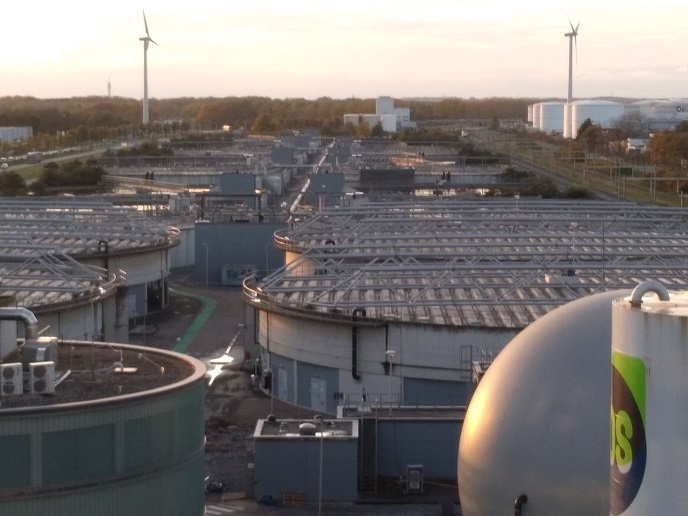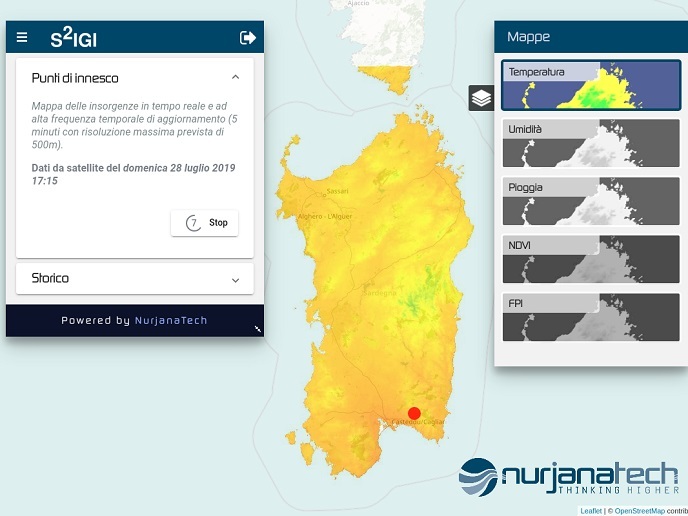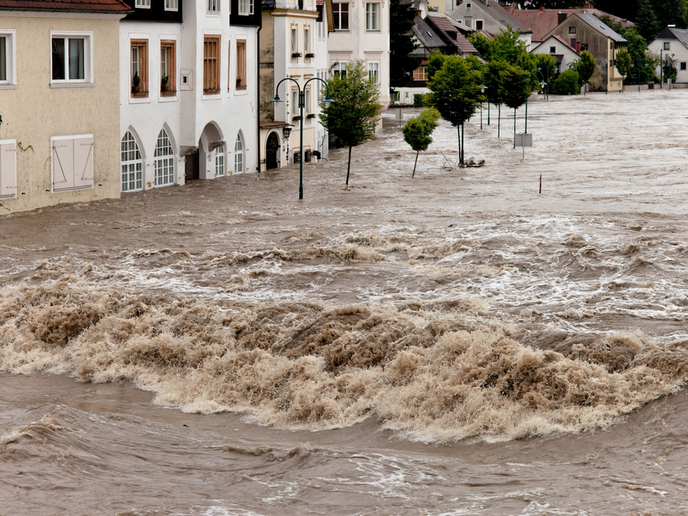Using Earth observation data to assess global human risks
Throughout our lives, humans are exposed to a wide range of threats. These range from environmental risks to disease and the management of our own health. This has led to an emerging concept, called the EXPOSOME – the exposures an individual faces through their lifetime. In the EU-funded EOXPOSURE project, researchers advanced our understanding of the EXPOSOME by combining it with Earth observation data taken from the EU’s satellite network. With this fusion, the team aimed to accurately measure exposure to various threats, and also quantify the interactions humans have with their lived environment. “Leveraging space-borne Earth observation data, we managed to highlight relationships among physical parameters of an urban area, for example the presence of green areas, the density and pattern of built structures, and the healthiness and safety of its environment for human dwellers,” explains Fabio Dell’Acqua, full professor of Telecommunications at the University of Pavia and EOXPOSURE project coordinator.
Focus in on the EXPOSOME
The EXPOSOME includes the entire history of interactions a human has with the environment, including air and water quality, food and exercises, as well as living habits and diseases. “Treating all of those different areas would have spread our effort too thin,” adds Dell’Acqua. The team therefore decided to focus on a select few, specifically physical risk in urban settings from subsistence, and health risk coming from disease and the salubrity of the environment. “Working with researchers in South America provided the team with valuable opportunities to collect real-world data, as we could connect with places where these risks are particularly acute,” Dell’Acqua explains. “We managed to collect reference data that would have been impossible to get from our offices in Europe,” he says, adding that the field knowledge of the South American partners was fundamental to the project activities.
Tapping into Europe’s Earth observation data
The EOXPOSURE team gathered open-source Earth observation data from the European Space Agency’s flagship Copernicus satellite programme. “Acquisitions by the Sentinel satellites, and time series thereof, were instrumental in feeding and testing our models against data collected on South American test sites,” notes Dell’Acqua. The researchers were able to combine satellite observations with on-the-ground data, which Dell’Acqua says was a powerful tool. Examples include monitoring of urban vegetation status at different times of the year, and data from ‘Ovitraps’: devices that fool mosquitoes into laying their eggs inside, for counting purposes.
Building new monitoring tools
The team then developed a variety of tools to assess the EXPOSOME. One representative tool, the ‘Ovitrap monitor’, is an online open-source and user-friendly application that semi-automatically counts mosquito eggs from low-medium resolution mobile phone pictures of the Ovitraps. The tool generates reports, plots and maps, assisting stakeholders in mosquito monitoring and decision-making. “Currently, the app is being used by the Health Ministry of Córdoba in Argentina, but it is open to any other organisation that wants to test it. This makes us very proud of the results of our project,” remarks Dell’Acqua. Consortium partners are working on potential follow-up projects and will seek further funding. “All in all, I believe the heritage of EOXPOSURE will contribute to the advancement of science, not only in itself but also thanks to the lasting cooperation that it has triggered,” says Dell’Acqua.
Keywords
EOXPOSURE, Earth, observation, environmental, threats, EXPOSOME, satellite, data, monitoring







